When it comes to outdoor protection, large tarps are the unsung heroes. From shielding your backyard BBQ from unexpected rain to covering construction materials at a job site, these versatile pieces of fabric play a crucial role in various situations. However, navigating the world of large tarps can be overwhelming with the myriad of options available. Fear not! In this comprehensive guide, we'll walk you through everything you need to know about large tarps, ensuring you make the right choice for your needs.
Understanding Large Tarps: What Are They?
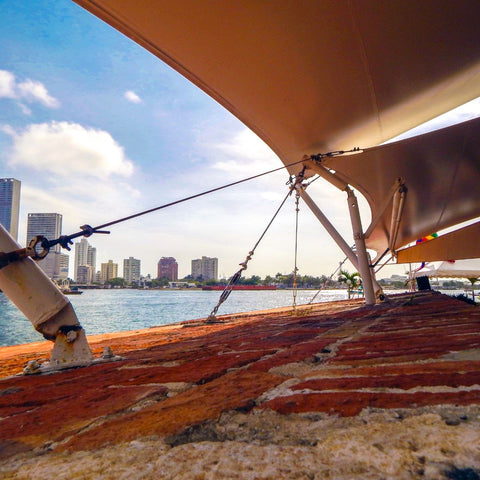
Large tarps, short for tarpaulins, are durable sheets of waterproof or water-resistant fabric, typically made from materials like polyethylene, canvas, or vinyl. They come in various sizes, with larger ones commonly used for covering equipment, vehicles, and outdoor spaces. Their primary function is to provide protection from elements such as rain, wind, sun, and debris.
Types of Large Tarps: Which One to Choose?
Polyethylene Tarps
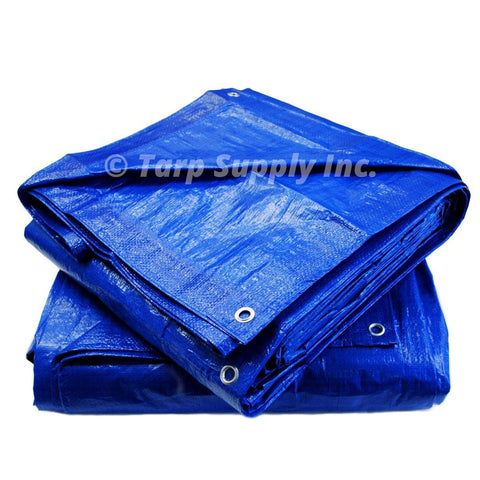
These are the most common and affordable type of tarps. They are lightweight, waterproof, and come in various colors and thicknesses.
Canvas Tarps
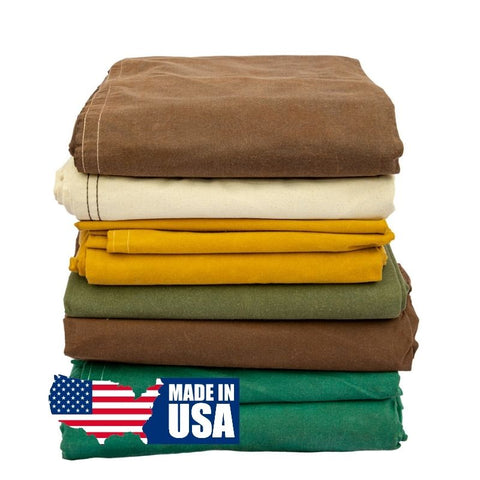
Known for their durability and breathability, canvas tarps are ideal for long-term outdoor use. They are resistant to tears and mildew, making them suitable for covering furniture, boats, and machinery.
Vinyl Tarps
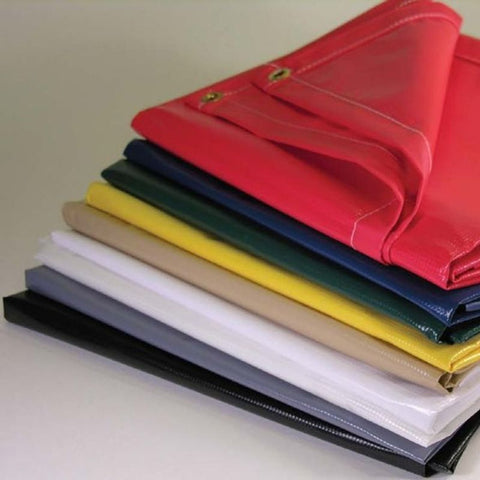
Vinyl tarps are heavy-duty and extremely durable, making them perfect for industrial and commercial applications. They provide excellent protection against harsh weather conditions and UV rays.
Mesh Tarps
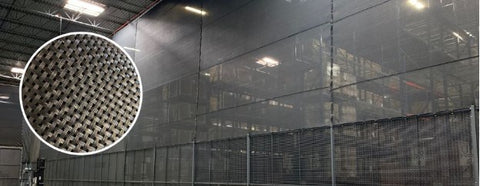
Mesh tarps are designed with small holes to allow airflow while still providing protection from the sun and light rain. They are commonly used as privacy screens, shade covers, or windbreaks.
Choosing the Right Size and Thickness: Factors to Consider
When selecting a large tarp, consider the size of the area you need to cover and the specific purpose of the tarp. A thicker tarp will offer more durability and protection, but it may also be heavier and more challenging to handle. Additionally, ensure the tarp's size provides sufficient coverage with some extra to account for any unforeseen circumstances.
Common Uses of Large Tarps: Practical Applications
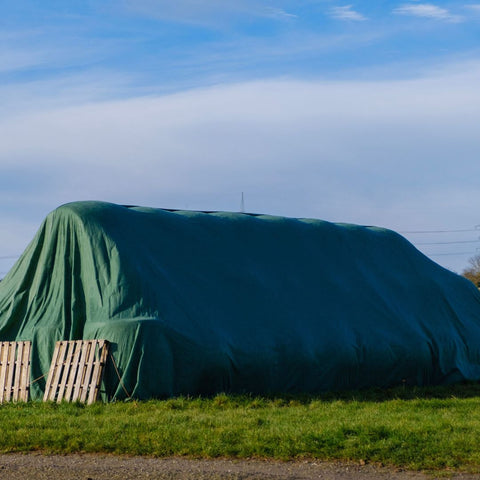
Large tarps have a wide range of practical applications, including:
Outdoor Events
Covering outdoor events such as weddings, parties, and festivals to protect guests from the elements.
Construction Sites
Shielding construction materials, equipment, and work areas from rain, wind, and debris.
Camping and Backpacking
Creating makeshift shelters, ground covers, or rain flies while camping or backpacking in the wilderness.
Boat and Vehicle Protection
Covering boats, cars, RVs, and other vehicles to prevent damage from weather exposure.
Agricultural Use
Protecting crops, hay, and livestock from adverse weather conditions on farms and ranches.
Home Improvement Projects
Providing temporary coverage during roof repairs, painting, or landscaping projects.
Emergency Situations
Using tarps for emergency shelter, makeshift stretchers, or as signaling devices during natural disasters or emergencies.
Proper Tarp Maintenance: Extending Lifespan and Performance
To ensure your large tarp lasts as long as possible and maintains its effectiveness, follow these maintenance tips:
Regular Cleaning
Remove dirt, debris, and mildew by cleaning the tarp with mild soap and water regularly.
Proper Storage
Store the tarp in a dry, cool place away from direct sunlight when not in use to prevent deterioration.
Avoid Sharp Objects
Keep the tarp away from sharp objects and rough surfaces to prevent tears and punctures.
Inspect for Damage
Routinely inspect the tarp for any signs of wear, tear, or damage, and repair or replace as needed.
Where to Buy Large Tarps: Finding the Best Deals
Large tarps are readily available at hardware stores, home improvement centers, online retailers, and specialty tarp suppliers. Consider factors such as price, quality, shipping options, and customer reviews when choosing where to buy your tarp. Additionally, keep an eye out for seasonal sales and discounts to snag the best deals.
Safety Tips When Using Large Tarps
While large tarps are invaluable for outdoor protection, it's essential to use them safely to prevent accidents and injuries. Follow these safety tips:
Secure Properly
Ensure the tarp is securely fastened and adequately supported to prevent it from blowing away or collapsing.
Watch for Tripping Hazards
Be mindful of tripping hazards created by loose tarp edges or ropes, especially in high-traffic areas.
Avoid Overloading
Do not overload the tarp with excessive weight or pressure beyond its capacity, as this can lead to tearing or structural failure.
Monitor Weather Conditions
Keep an eye on weather forecasts and adjust tarp placement or reinforcement as needed to withstand changing weather conditions.
Conclusion
Large tarps are indispensable tools for protecting outdoor spaces, equipment, and belongings from the elements. By understanding the different types of tarps, choosing the right size and thickness, and practicing proper maintenance and safety precautions, you can ensure your tarp provides reliable protection for years to come. Whether you're planning an outdoor event, embarking on a camping trip, or tackling a home improvement project, a large tarp is your go-to solution for shelter and peace of mind.





